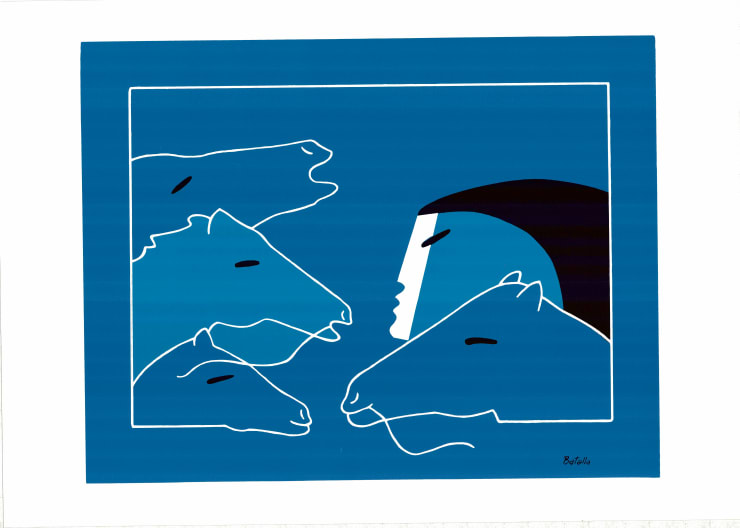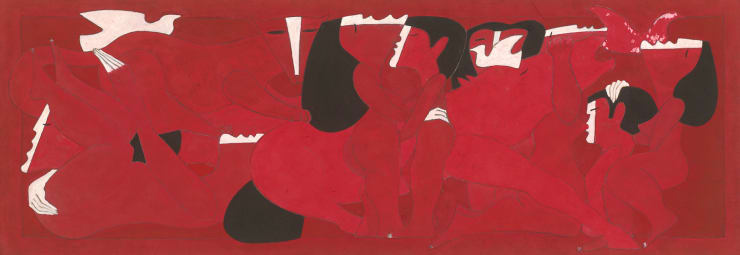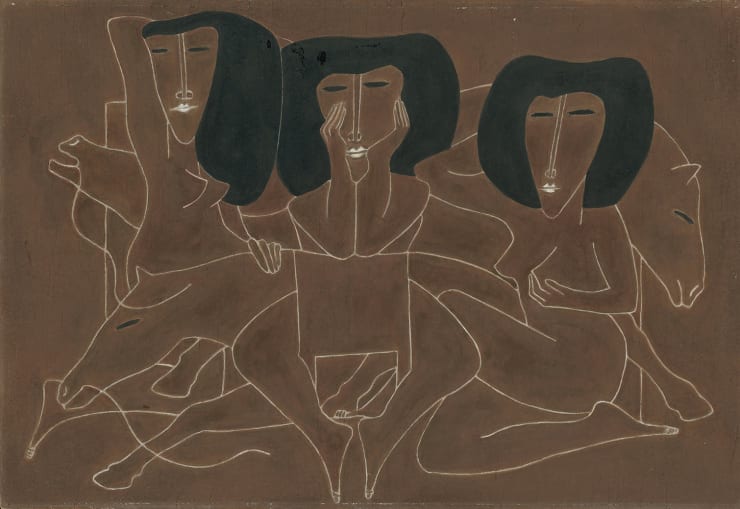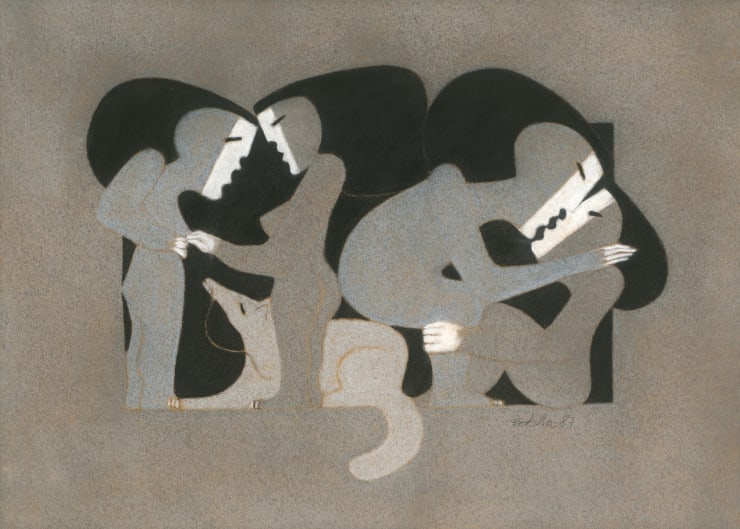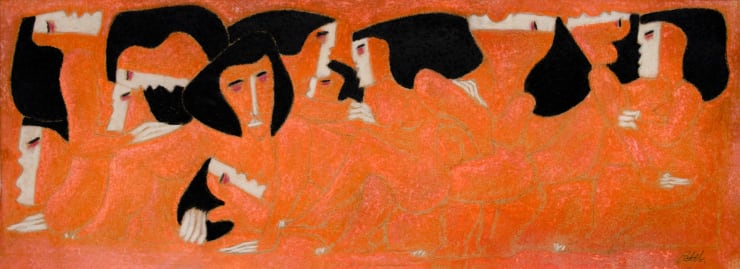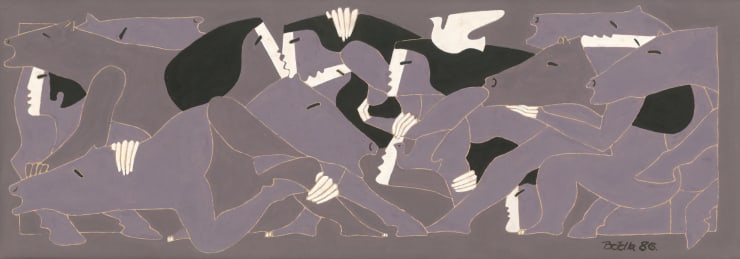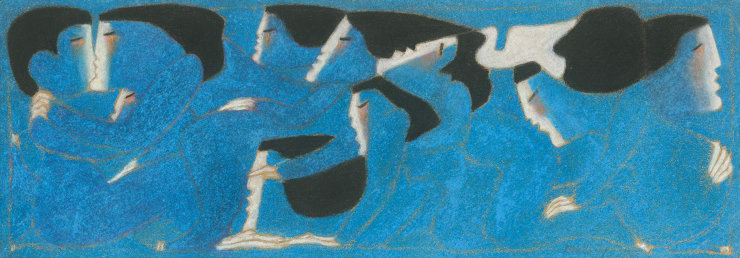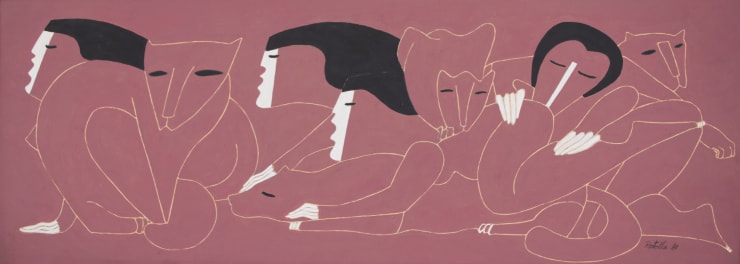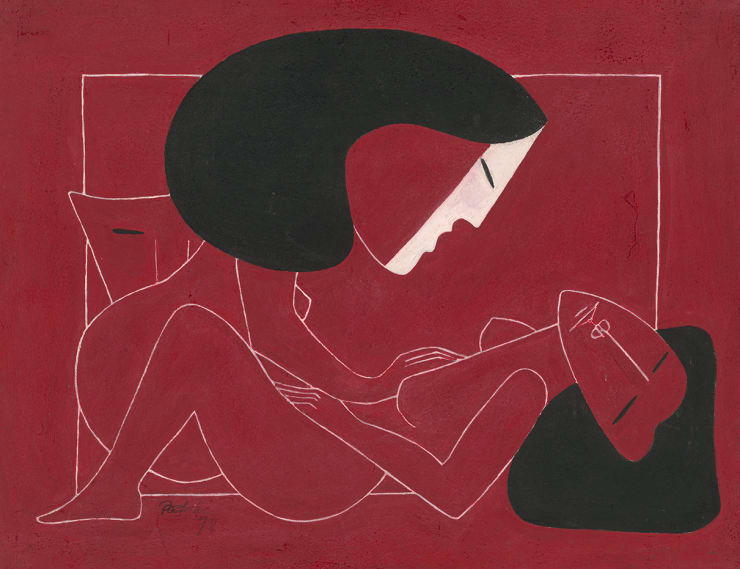BIOGRAPHY
Miguel Ángel Batalla, born on October 25th, 1936, in Wilde, Province of Buenos Aires, emerged as a distinctive figure in the art world. Guided by an insatiable curiosity and passion, his creative journey unfolded for decades, leaving an indelible mark on various corners of the globe.
Under the tutelage of master Demetrio Urruchuúa, Batalla's artistic roots took hold and grew over eight formative years. He further nurtured his talents at the Escuela Superior de Bellas Artes Ernesto de la Carcova and within the Estimulo de Bellas Artes Association. Throughout his initial artistic phase, which extended until 1968, his work bore the profound influence of his teacher's style, as well as the artistic essence of Lino Spilimbergo.
In recognition of his exceptional skill, Batalla earned esteemed accolades in 1965 and 1967. The Israelita Association honored his mastery with a painting prize, followed by a similar recognition bestowed by the Taller de las Gráficos. 1967 bore further fruit, as he was awarded the distinguished YPF honor prize.
A transformative period beckoned in 1969, marked by his sojourn to Brazil on a scholarship sponsored by the Brazilian embassy. There, under the guidance of Professor Augusto Rodriguez, Batalla's artistic language evolved. Brazil's vibrant landscapes and hues became a catalyst for his artistic metamorphosis, propelling him toward a style characterized by flat colors and evocative figures that harkened back to prehistoric cave art and the essence of African sculptures. This transformative period saw the birth of his signature style-an artistic tapestry that drew inspiration from Taoist philosophy and Taoist eroticism, exploring the delicate equilibrium between human passions and the primal forces of yin and yang.
In the ensuing years, his artistic journey took him to Barcelona, where he found a definitive home in 1985. His sojourn to the East in 1990-mainly through Thailand and Indonesia-infused his work with fresh nuances, nearly verging on a "landscape abstraction." However, tragedy struck prematurely, as he passed away in Barcelona on January 31st, 1993, leaving behind a legacy cut short but resplendent in its impact.
Batalla's works, marked by their inherent difficulty to be neatly categorized within prevailing artistic currents, have found homes in prestigious private collections across Buenos Aires, Rio de Janeiro, Sao Paulo, Campinas, Paris, Milan, Barcelona, Tokyo, and Bangkok. The Museum of Modern Art of Sao Paulo proudly shelters two of his creations within its collection, a testament to his enduring influence.
Miguel Ángel Batalla's oeuvre defies easy classification yet is a testament to his refined synthesis of cultures. His unceasing exploration and unapologetic individuality have left an unmistakable imprint on the art world, a legacy that continues to inspire and captivate.
ARTIST EXPRESsION
Simplicity, plainness, and primitivism are found in the work of Miguel Ángel Batalla, three essential principles of Taoist philosophy. His work is a confluence of multiple cultures, addressing the diverse problems of humanity. Humanity, in its most natural state, coexists while seeking a universal harmony that might liberate it, perhaps from itself. His thematic repertoire centers around the figure as the main protagonist, either in the silence of solitude or within the dynamic and vital ensemble of his representations. Clear evidence and allusions to eroticism mark a point of convergence in human relationships. Characters who do not see, who only feel, suffer, and enjoy their primal magic. An intertwining of figures whose lines delimit a border that is unknown as to where it begins or ends. A perfect unity that grants to Miguel Ángel Batalla's drawing, his line, an extension beyond the work itself.
Ritual, magic, eroticism, passion, and silence are some of the elements that we can find in the work of Miguel Ángel Batalla, in a clear pursuit of harmony through profound sentiment.

